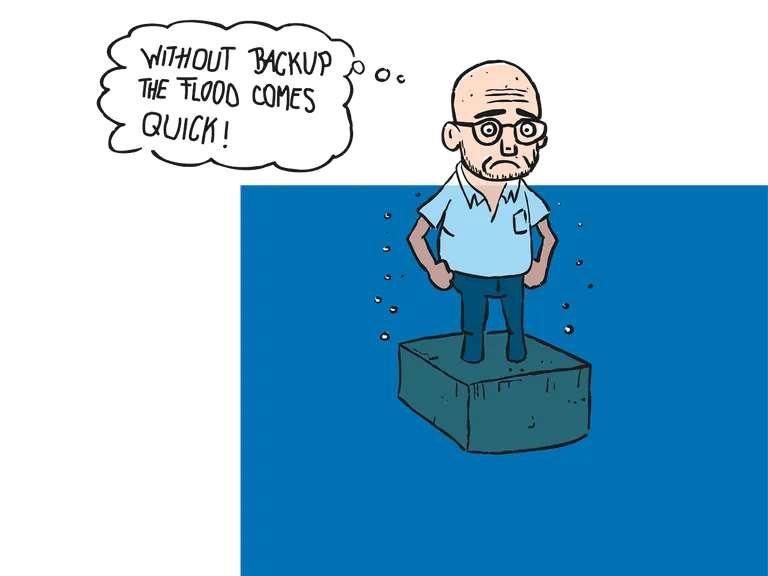Security / High Availability
How the Backup Became the Reserve – Because the System Acts First.
Automated Before It Gets Critical: To reduce manual effort – without compromising reliability – a component for automated alarm processing was developed. It steps in where manual intervention used to be required – fast, robust, and rule-based.

Key data at a glance
Tasks
Roles
Products
Challenge
Our customer operates a network system for transmitting alarm notifications – reliably, 24/7. The goal is clear: the message must always reach the correct recipient. Only then can quick reactions and interventions occur in emergencies.
If the primary recipient fails – due to connection issues, for instance – a backup steps in, processes the message, and informs the original recipient.

Success
A component was developed for automatic message processing – triggered before situations become critical. It reduces manual workload without compromising system reliability. The component replaces manual intervention with automated, rule-based actions – quickly and robustly.
What the solution delivers:
- Intelligent Rule Engine: Every message is processed based on defined criteria – such as type, recipient status, or other factors.
- Early Intervention: The component activates before a backup is triggered – saving valuable time.
- Higher Throughput: Alarms are processed much faster than with manual handovers.
- Built-in Fallback: If a recipient is unavailable (e.g., via email, phone), the message is automatically redirected to the backup – with a clear handover.
- Fail-Safe Design: Even in the event of power outages or disruptions, no alarm message is lost.
- Minimal Dependencies: The component runs almost autonomously – requiring only the transmission network and a delivery service interface.
- Simple Configuration: Rules can be maintained via files and easily automated through exports from third-party systems.
The Result: The recipient – or their backup – is relieved. Either no manual action is needed at all, or processing is significantly more efficient. Less manual effort, more speed, maximum reliability.
Approach
Step-by-Step to a Rule System with Backbone
Implementation was carried out in two phases: first, a detailed specification was developed and agreed upon; then development began. This was followed by system tests and a pilot phase – hands-on, with close customer feedback.
Special focus was placed on automated rule testing. Unit tests allowed targeted checks of each scenario, and regression tests were triggered instantly with any changes. This ensured fast feedback and stable quality – especially valuable for later enhancements.
The rule system was never static: in further development iterations, it was continuously extended to incorporate new requirements – without ever having to start from scratch.
Tech Stack
Methods & Paradigms
Architecture
UML
Design Patterns
ooT, ooA, ooD, ooP
Database Technologies
Sqlite
Languages & Frameworks
C# unter .NET
Communication Technologies
XML
Communication / Protocols
TCP/IP
HTTP(S)